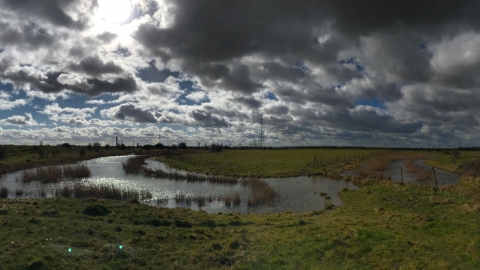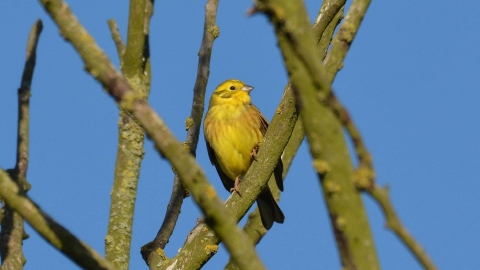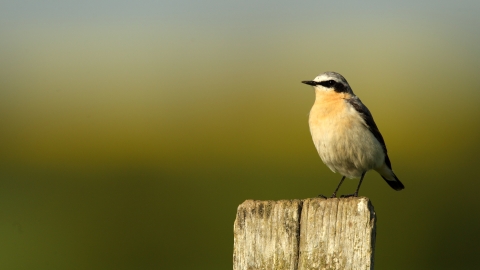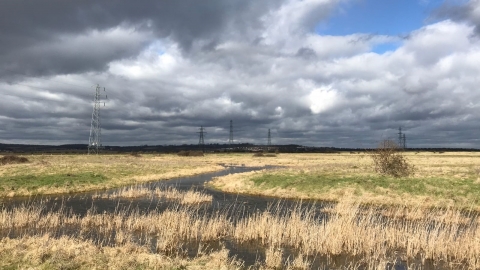

Dave McGough

Wheatear - Luke Massey/2020 Vision

Fobbing Marsh Nature Reserve
Know before you go
Dogs
Dogs allowed on the public footpath only and kept on a lead
When to visit
Opening times
Accessible at all timesBest time to visit
April to JulyAbout the reserve
A popular nature reserve for visiting passage migrants, look out for the wheatear and whinchat amongst the grazing meadows during spring and autumn and the 'jangling keys' call of the increasingly scarce corn bunting in summer.
Throughout the year look for the beautiful small yellow bird, the yellowhammer, sitting up in the trees. During summer you will be greeted with colourful displays of vetches and tares whilst many dragonflies and damselflies can be seen foraging along the ditches across the reserve. Many of the flowering plants are typical of Thameside marshes, including hairy buttercup, knotted hedge parsley, sea barley and slender hare’s-ear.
In winter, the marsh is used by wintering raptors, wildfowl and waders, such as wigeon, teal, marsh harrier. and peregrine falcon.
